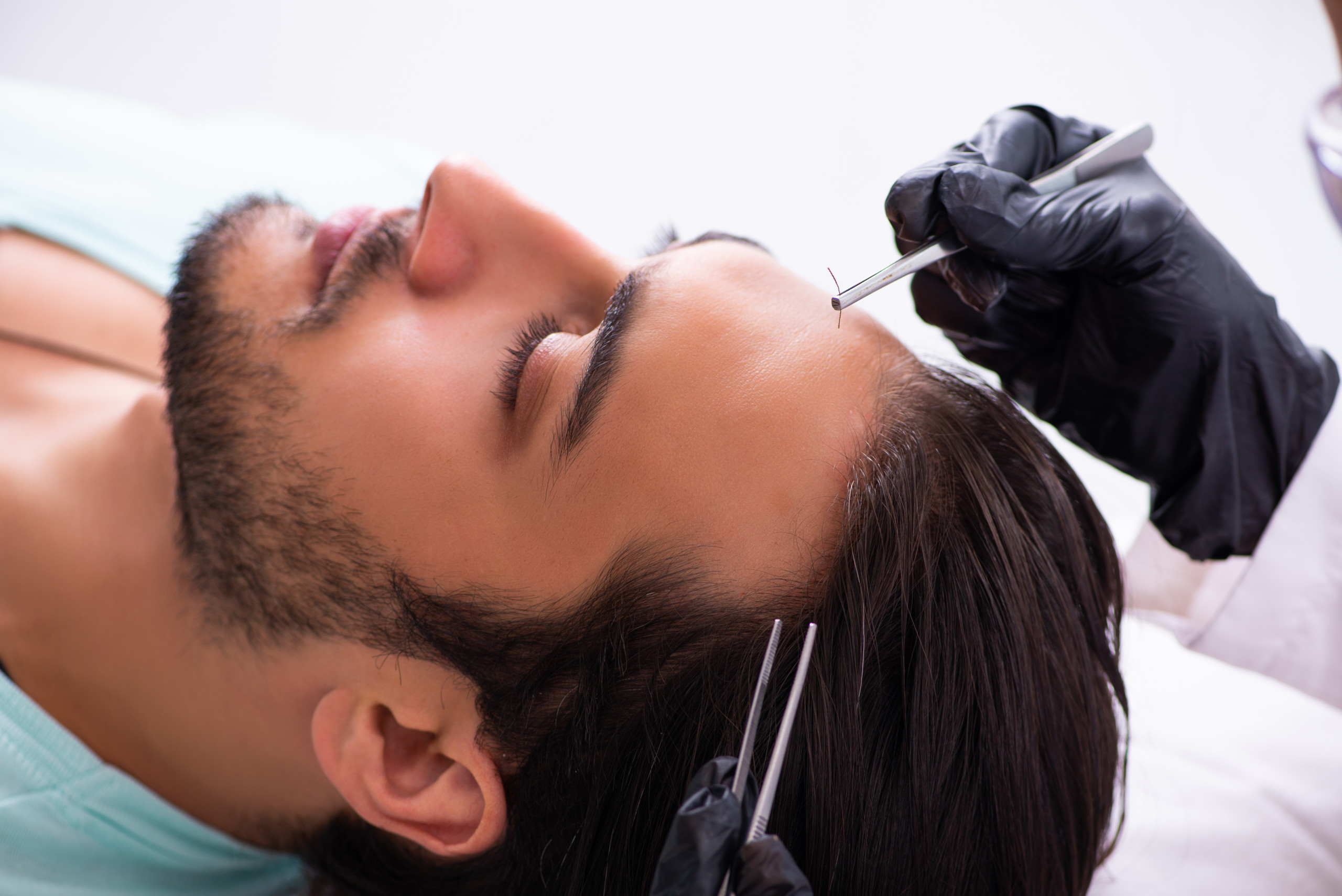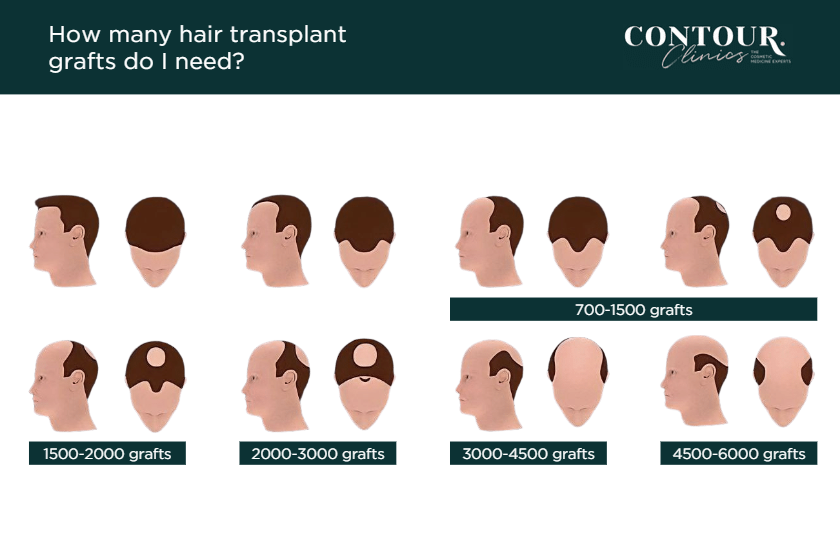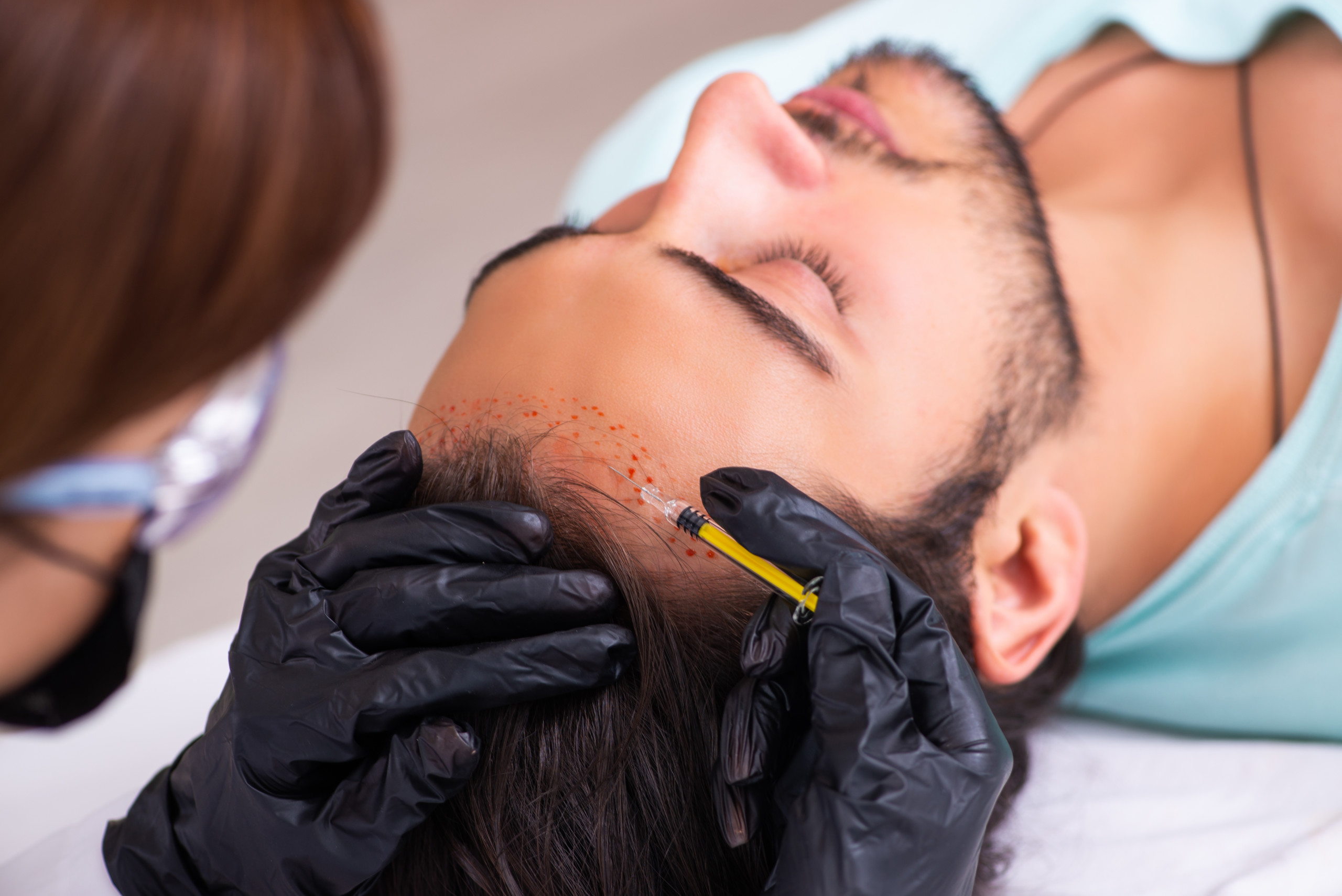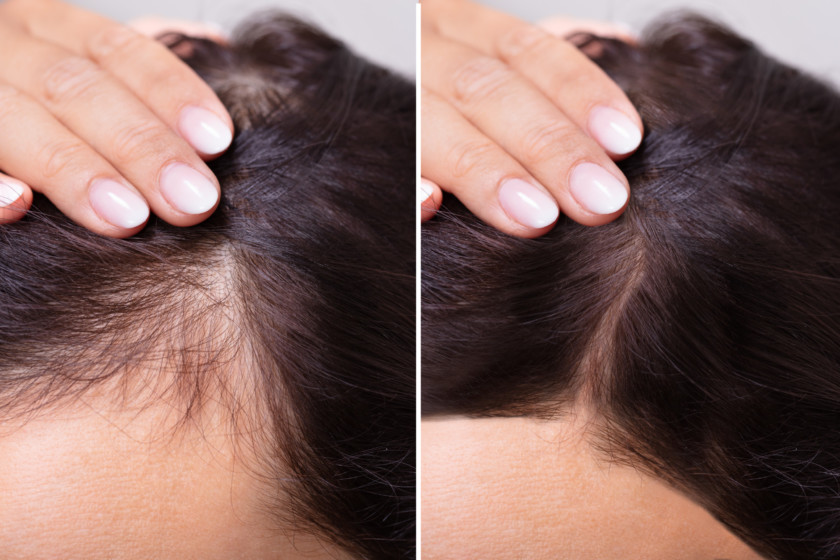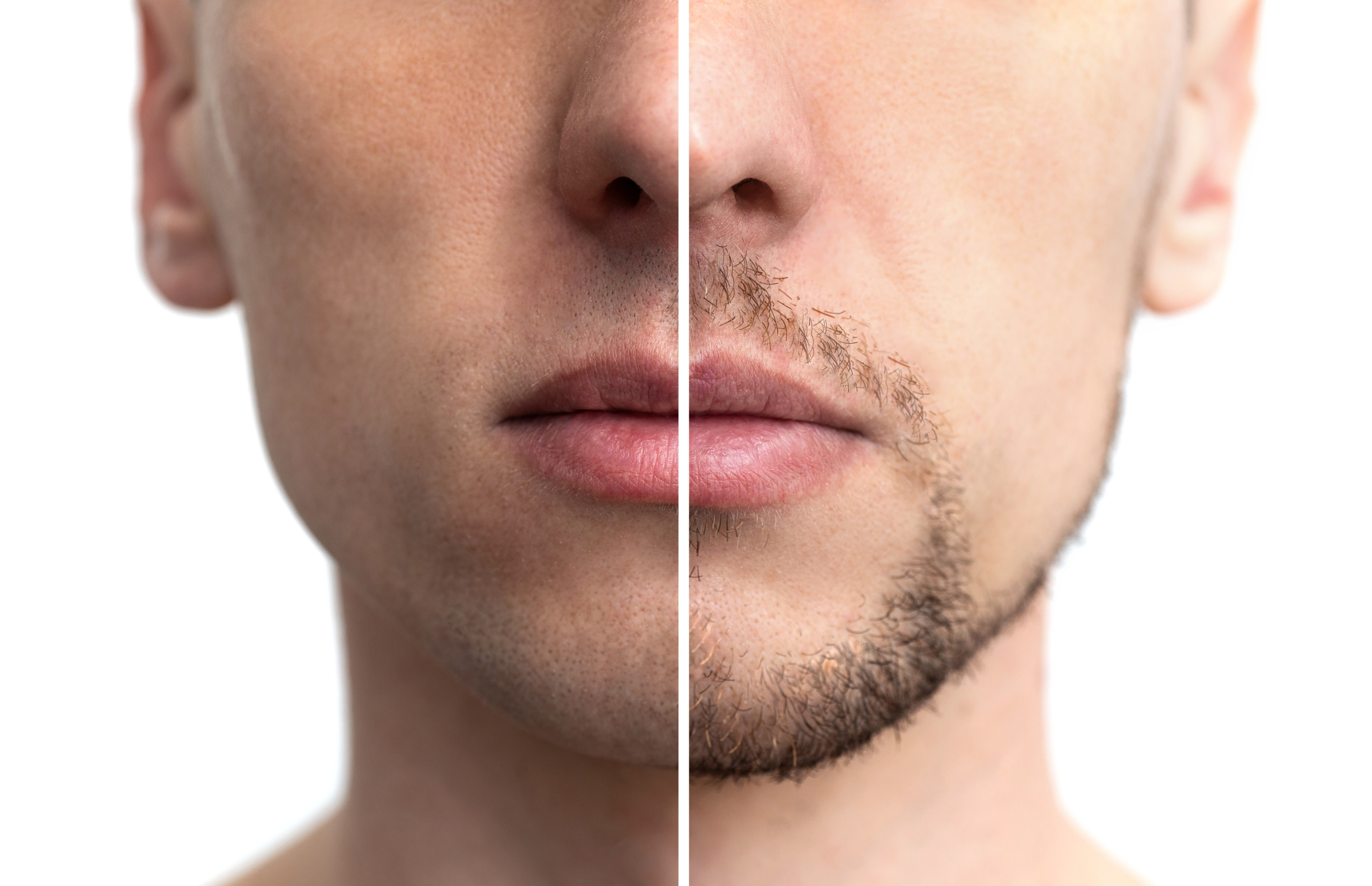Should I cut or shave my hair before the surgery?
If you are having FUE, it is possible to shave a strip of hair at the back to extract or harvest the follicles from and then comb longer hair over it to disguise the procedure. Otherwise, your surgeon will shave the entire back of the head to have a greater harvest of follicles.
Keep in mind that your existing hair will grow to 1cm by the end of 1 month and hide the dot wounds of FUE anyway.
For FUT, a strip site can be shaved underneath your longer hair at the back of the head; after the surgery, the hair is simply combed over it to disguise the surgery.
The one exception to this is if you are planning to harvest beard hair; this requires a shave 2 days beforehand so that the newly growing follicles can be easily seen.
What is the duration of prescription hair loss treatments and how long until they work?
Any patient taking Minoxidil or other prescription should be prepared to wait at least 6 months before expecting a result. The growth phases of the hair follicle are naturally long, and it can take some time to see a change. Hair grows at about 1cm per month however make take a few months to kickstart the growth phase and visibly emerge from the scalp.
Furthermore, patients on minoxidil may notice an initial increase of hair shedding as dormant follicles are pushed into anagen and need to be reassured that this is temporary. The same effect occurs when a major hormone or vitamin is restored (such as iron) and is noticed 2 months later as the new growth phase is sufficient to expunge the previous hairs.
Do you have to shave your head before hair transplant?
Most surgeons prefer if you do not shave your head before a hair transplant; your surgeon will shave your head on the day.
For larger FUE cases (>1000 grafts) it is necessary to shave most of the back of the scalp to be able to harvest evenly however for FUT often we do only shave a small section and comb the hair over afterwards.
The one exception to this is if we plan to take hair from your beard; this requires shaving two days prior so that we can find the stubble.
Is hair transplantation suitable for transgender patients or alongside a sex change?
The feminine hairline is more rounded compared with that of a male. It tends to be lower towards the temples whilst a masculine hairline is higher and more receded at the temples. This point of recession is most marked at the point of the scalp corresponding to the tail of the eyebrows.
If a patient is transitioning gender, they can undergo a hair transplant to adjust the hairline accordingly. This may involve hair laser removal as well as adding hair, such as facial hair or modifying the hairline.

